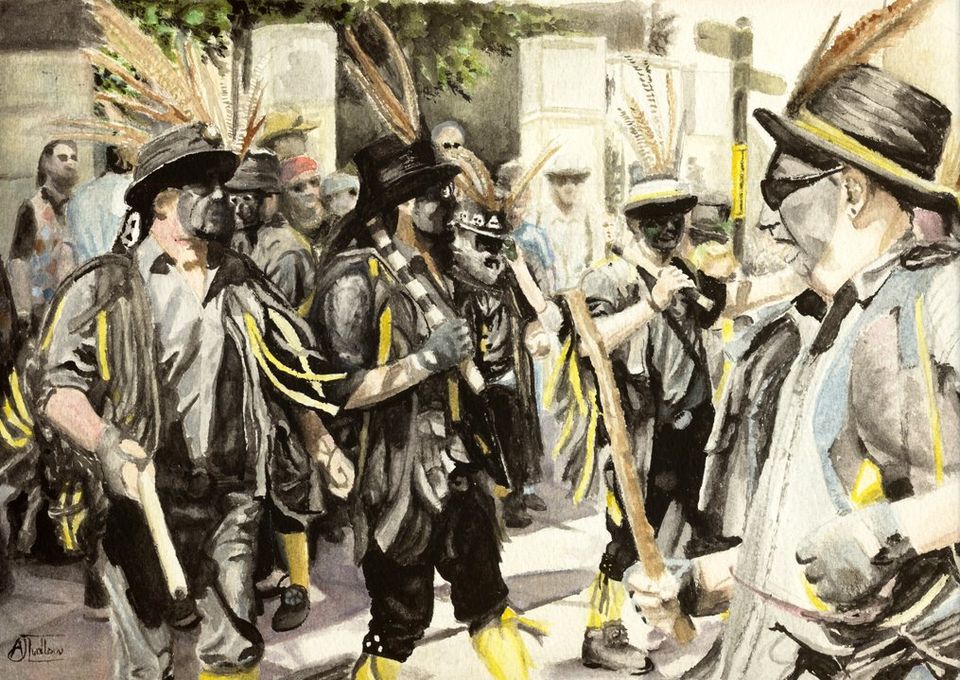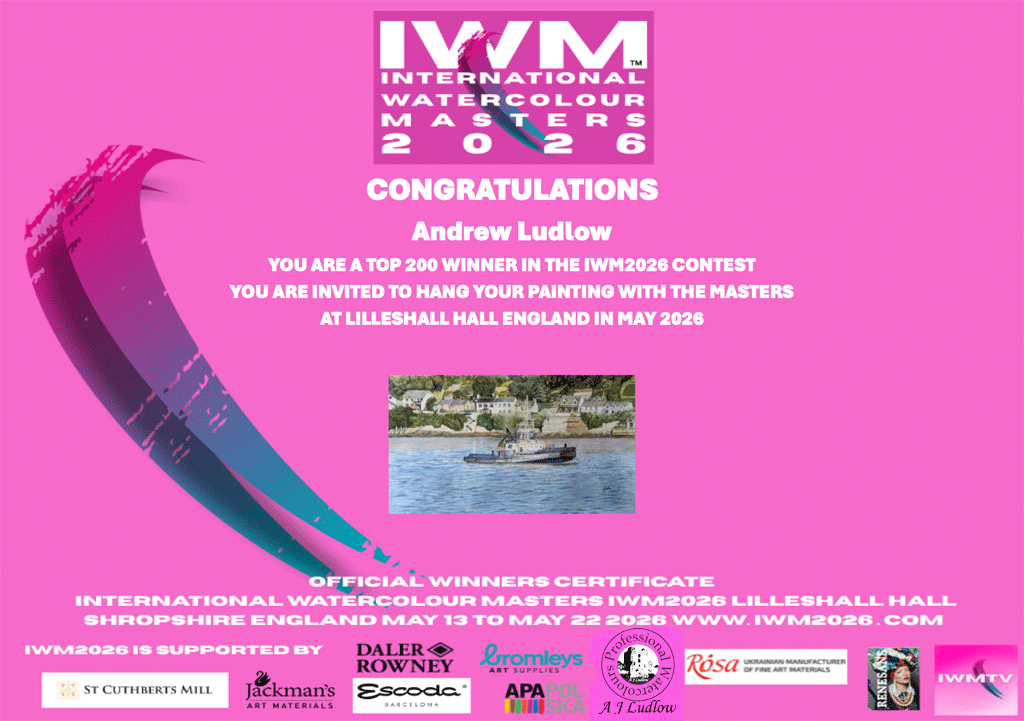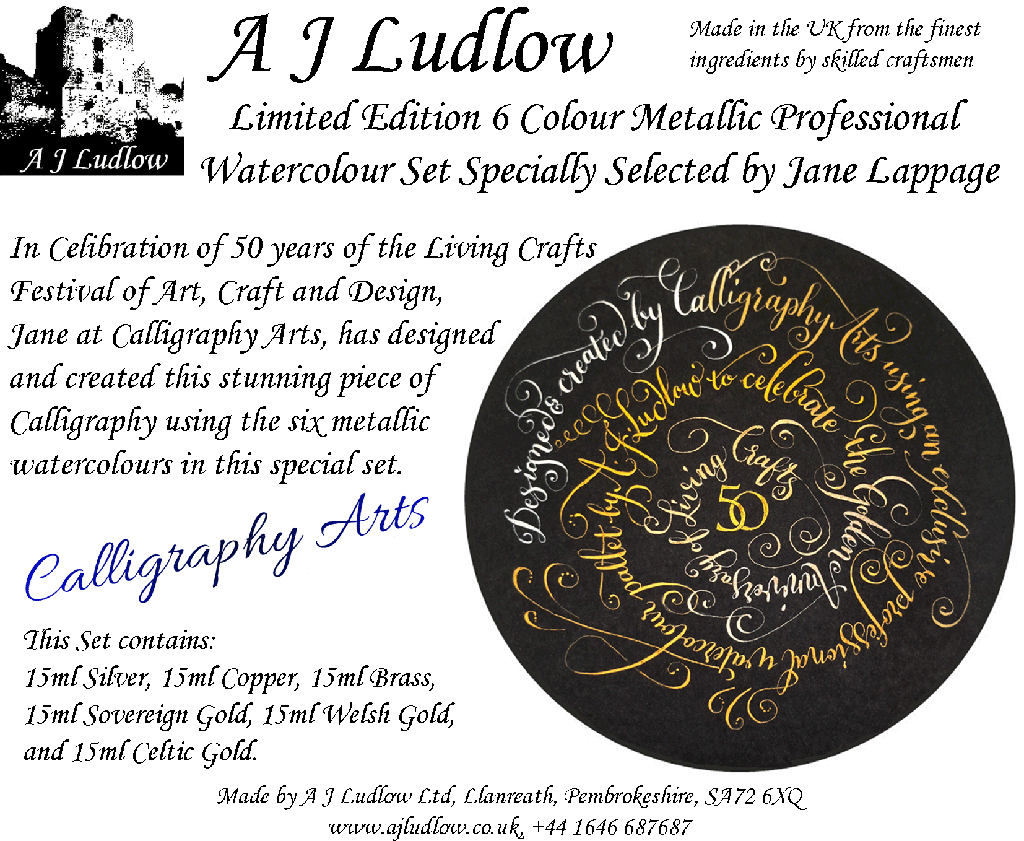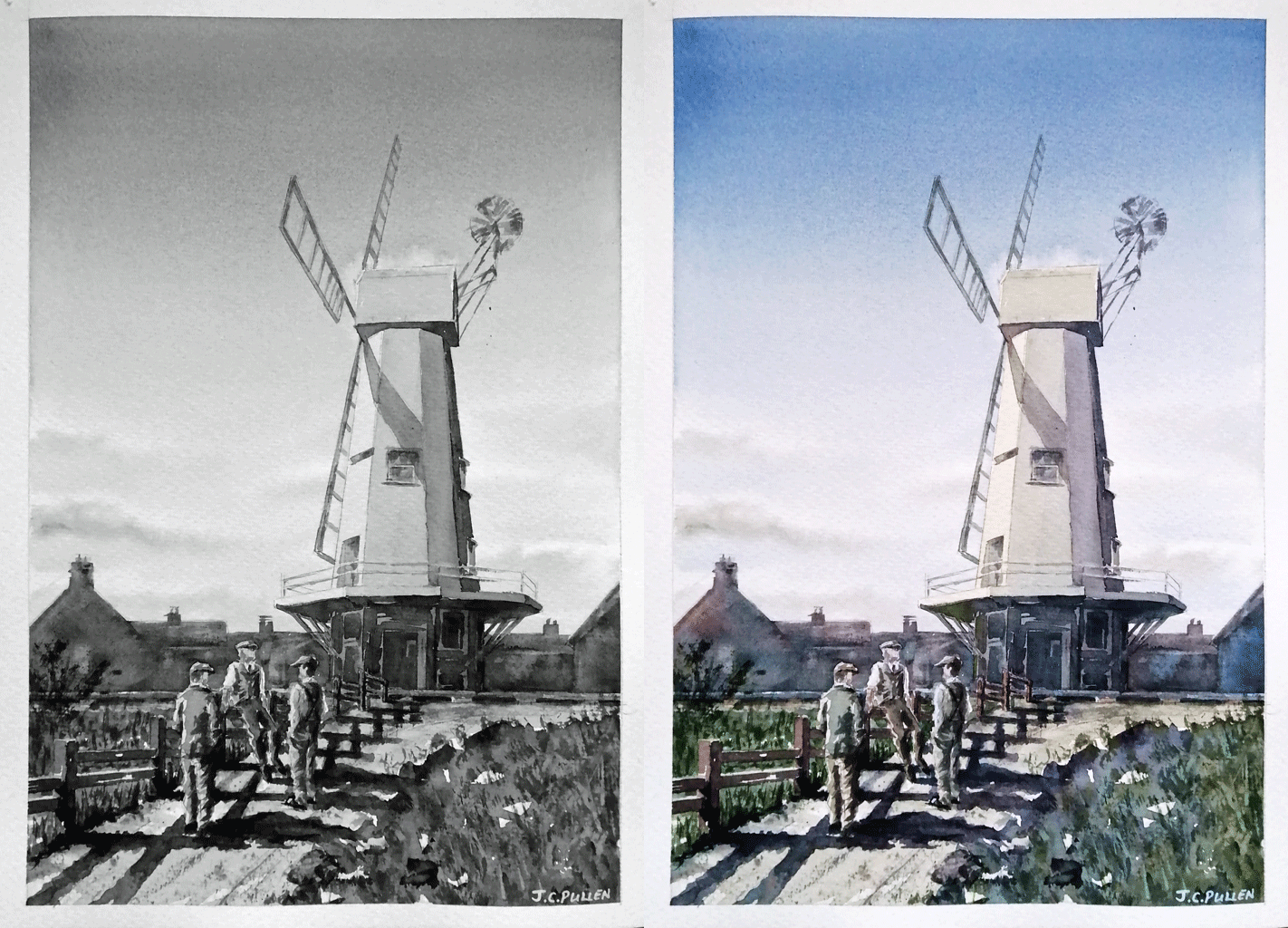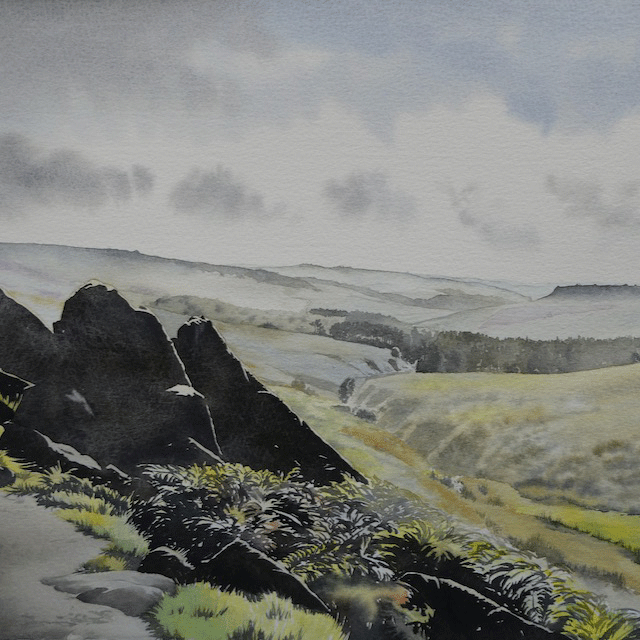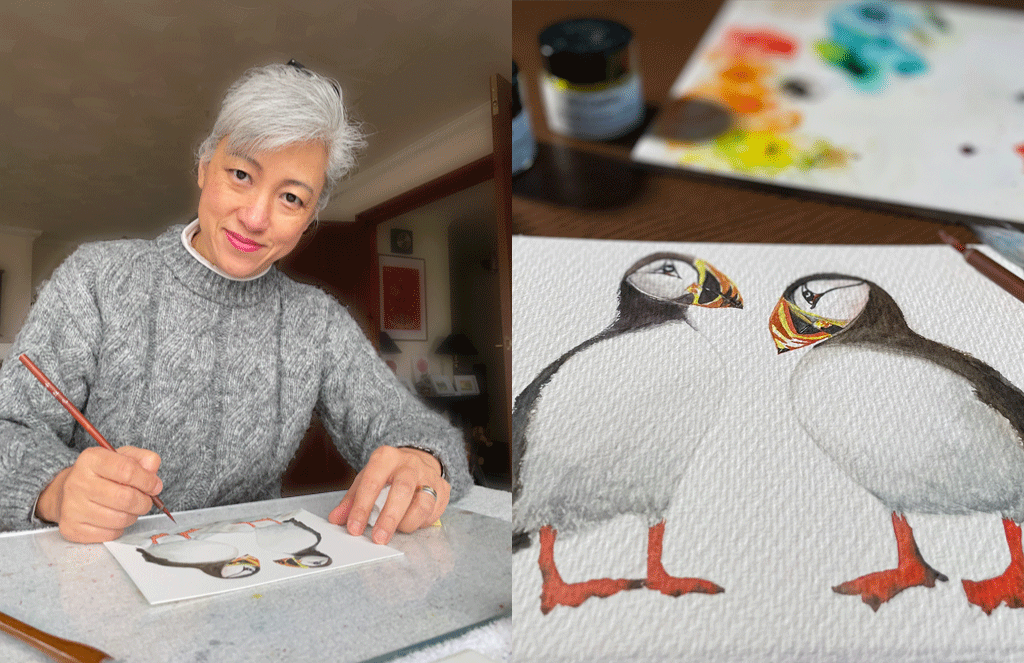ARTicles
Watercolour
Andrew Ludlow • 19 December 2020
A brief look at its composition, history and development as a popular fine-art medium
Watercolour consists of four principal components; the binder, the colourant, ancillaries and water:
• Binder: Transparent and opaque watercolours are predominately based on a resinous gum extracted from the tree, acacia nilotica, which grows in the region of North Africa, commonly known as the “Gum Belt”. Although acacia trees are found throughout this region of sub-Saharan Africa, the plant is most abundant in Sudan. The gum that is predominately used is generally referred to as gum Arabic or gum acacia.
• Colourant: There are hundreds of different types of pigments. Some are formed by nature in mineral form or derived from natural sources, but most of them are synthetic materials either produced from petroleum chemicals or metal compounds. Pigments are coloured because they selectively absorb and transmit (rather than reflect) light at specific wavelengths in the visible spectrum (electromagnetic radiation of wavelengths approximating to 380nm to 740nm). The pigment’s colour is not only influenced by its chemical nature but also the particle size and shape. In general, colour strength increases with decreasing size, whilst the purity of hue depends on the shape of the pigment’s absorption spectrum; sharper the absorption spectrum, the brighter and purer the colour. Furthermore, when mixtures of pigments are used to achieve a specific colour, each pigment will selectively reflect and absorb different wavelengths of electromagnetic radiation and so the absorption spectrum broadens. This can lead to a less brilliant shade compared to single pigments with the required colour. A similar broadening of the absorption spectrum is seen when "fillers", which are in essence weak white pigments, are used to extend (and cheapen) the formulation.
• Ancillaries: These are materials that are necessary for the performance, application and life of the watercolour.
Since the earliest civilisations, watercolour has been used as a colouring medium. The ancient Egyptians used water-soluble colours to illustrate papyrus manuscripts, whilst in Asia the Chinese, Japanese and Korean artists created watercolour paintings of both simplicity and complexity. Its early history in Europe however saw it used primarily for illuminating manuscripts during the Middle Ages and after the Renaissance, as a medium for sketching and tinting woodblock illustrations, even though some artists like Albercht Dürer (1471 - 1528), were demonstrating its qualities as a serious medium by using it to create extremely fine and detailed botanical, wildlife and landscape paintings.
It was in the tradition of botanical and wildlife illustrations and the recording of scientific expeditions that watercolour continued to be used in Europe during the 16th and 17th centuries. Architects, engineers, geologists and archaeologists also used watercolour to document designs, present ideas for commissioned projects and illustrate discoveries. Then during the 18th century its popularity spread, particularly in England, where it became the fashionable pastime of the elite and aristocratic classes.
Transparent watercolour became popular in the United States of America during the 19th century. However, on the continent it was less popular although some of the post-impressionists used it in France. In England and Scotland there was a lot of interest in watercolour and so saw the formation of several watercolour painting societies. These societies provided annual exhibitions and acted as “agents” for many artists, they also engaged in status rivalry and debates, particularly between the supporters of the traditional “transparent” technique (footnote 1) and the use of denser more opaque watercolours (footnote 2). These opaque colours are often referred to as gouache or body colour (footnote 3). Incidentally, it has been remarked that the development of opaque watercolours was a direct result of the popularisation of opaque techniques by the Impressionists and Post Impressionists (footnote 4).
Opaque watercolours produce a flat, uniform area of colour, which was why they were popular with designers and illustrators. A “mixed” technique uses white opaque watercolours to provide the highlights and pale tones. However, despite their opacity, these watercolours can be applied thinly, in transparent or semi-transparent washes, but when used like this, they appear less brilliant than high quality transparent watercolours. Opaque watercolours that are primarily aimed at children are often known as poster colours and are of inferior quality.
With the advent of a commercial market, art material manufacturers began producing commercial watercolours, supplying them not only in blocks but also in the newly invented tube. Technological development soon followed and the pigments and materials available today have greatly improved the fastness and permanence of the colours, resulting in its status as a serious art medium.
Prior to the 19th century, artists had to make their own colours using simple hand grinding equipment, using materials purchased from an apothecary. Although it is still possible to purchase colourants and binders from a specialised colourman, use the many recipes available in the various text books and grind the colour using a pestle and mortar or grinding stone, the quality will never reach the same standard as professionally produced watercolour. There is now a high level of sophistication required to produce quality watercolours, coupled with an understanding of the science and technology required to manufacture them.
The first commercial European watercolours were produced in the 18th century and consisted of a hard block, which required considerable rubbing to dissolve in water. Similarly, traditional Chinese watercolours were based on water soluble glue extracted from animal bones, which when mixed with pigments were cast into sticks. These too needed considerable rubbing in water on a special stone to dissolve them. The invention of the collapsible metal tube allowed art material manufacturers to supply watercolour in liquid form, which was easier to use. The pan colours available today are related to the solid watercolour cakes of the past, but changes to their formulations ensure they have improved solubility when used. Their formulations are similar to the watercolours supplied in tubes, except they contain very little or no water and many artists prepare their own pan colours by emptying tubes into small dishes and allowing them to dry out before use.
The preference of pan or tube is based on personal choice as both have their advantages and disadvantages. It is often remarked that pan colours have more pigment in them, in one way this is true as the dried colour is more condensed and so they tend to be sold in smaller amounts and relatively more expensive than the same tube colour. However, the ratio of pigment to binder, which is usually the same as in tubes, is the most important factor as this will dictate the amount of pigment in the dried film. So, with all things being equal in the finished painting, it makes no difference whether pans or tubes are used.
Although watercolours are seen as traditional and their formulations and methods of manufacture appear relatively unchanged, modern technological advances in materials and processing methods have been put to good use behind the scenes. The charm of watercolour is steeped in its traditional roots, but to keep its popularity as a serious professional art medium relevant for today’s artist, requires fusing the old with the new, in a way that accentuates the medium’s performance, but at the same time retains its old-style charm. One way to do this is to understand its past and the aims of the colourmen who developed the traditional watercolours and to use this ethos in creating future professional quality watercolours.
Footnotes:
1. The traditional “transparent” technique involves the overlaying of thin, transparent washes that rely on the white of the paper for their effect. The white of the paper provides the highlights in the painting and as more washes are overlaid the tone and colour deepen. Being water soluble, the paint can be modified in different ways by the addition or removal by water and by the use of brushes, sponges, cloths and tissues.
2. It is interesting to note that some of the earliest pioneers like Paul Sandby (1731-1809) used both “transparent” and “opaque” techniques.
3. One of the earliest references to gouache was by a 16th century Italian writer in a remark concerning the overlay of oil colours on tempera paintings, describing the technique as “guazzo” (or gouache). It is now widely accepted that the term gouache refers to the technique of using white to achieve opacity in water-based colours, as well as the name given to opaque watercolours.
4. Reference is made to Winsor and Newton’s Designers Gouache product literature.

